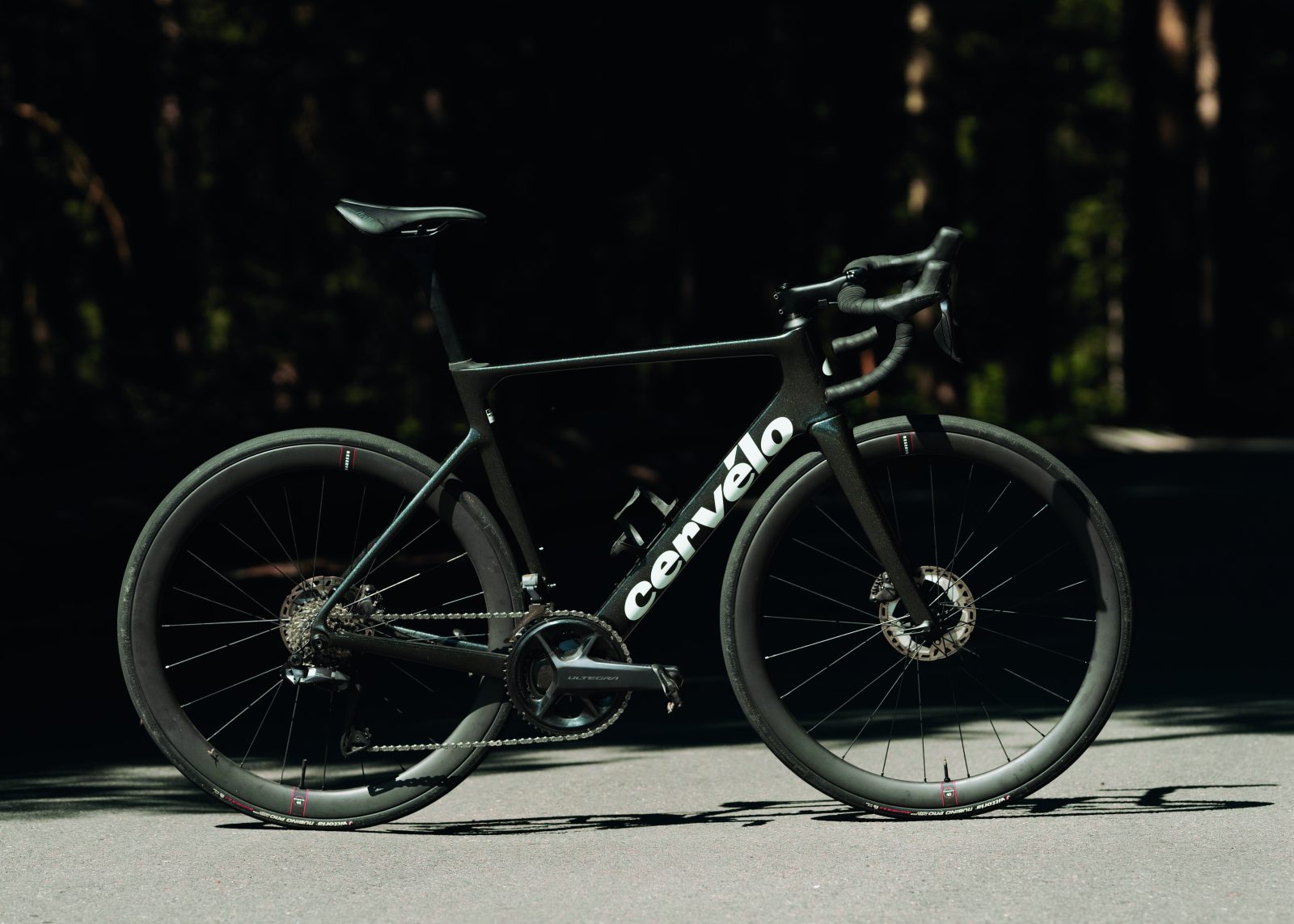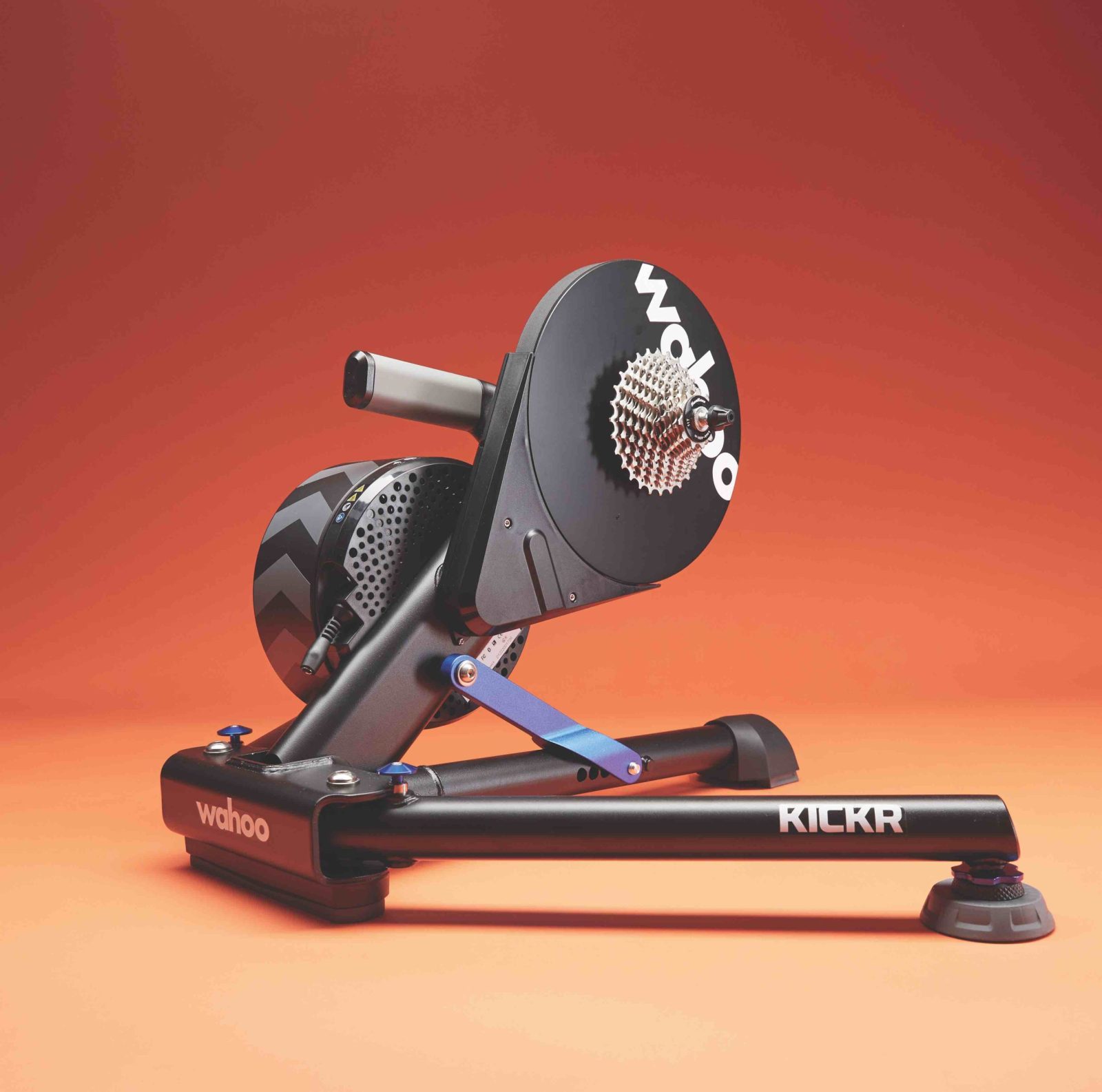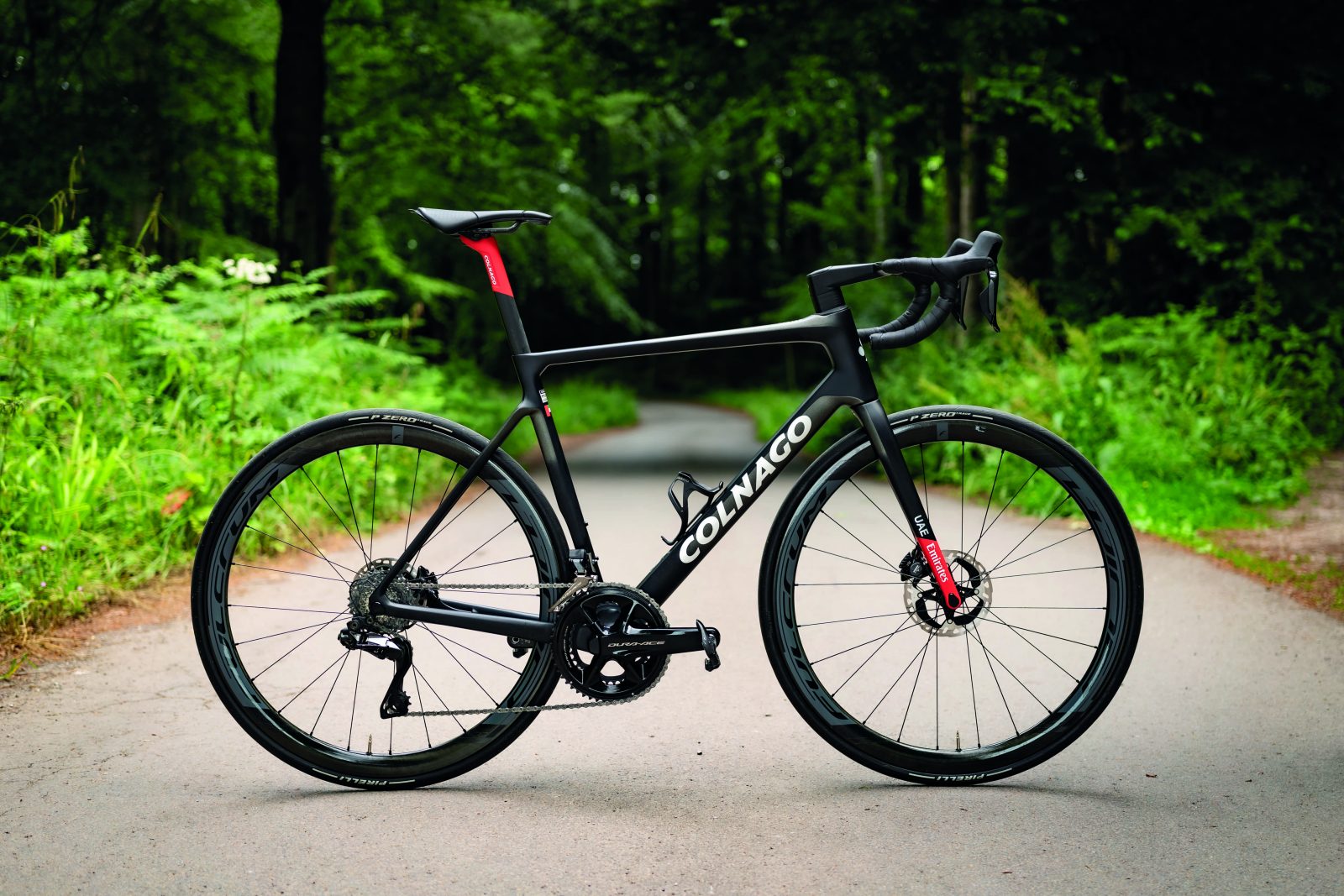The carbon reincarnation of the game-changing Soloist is extremely capable despite real-world concessions
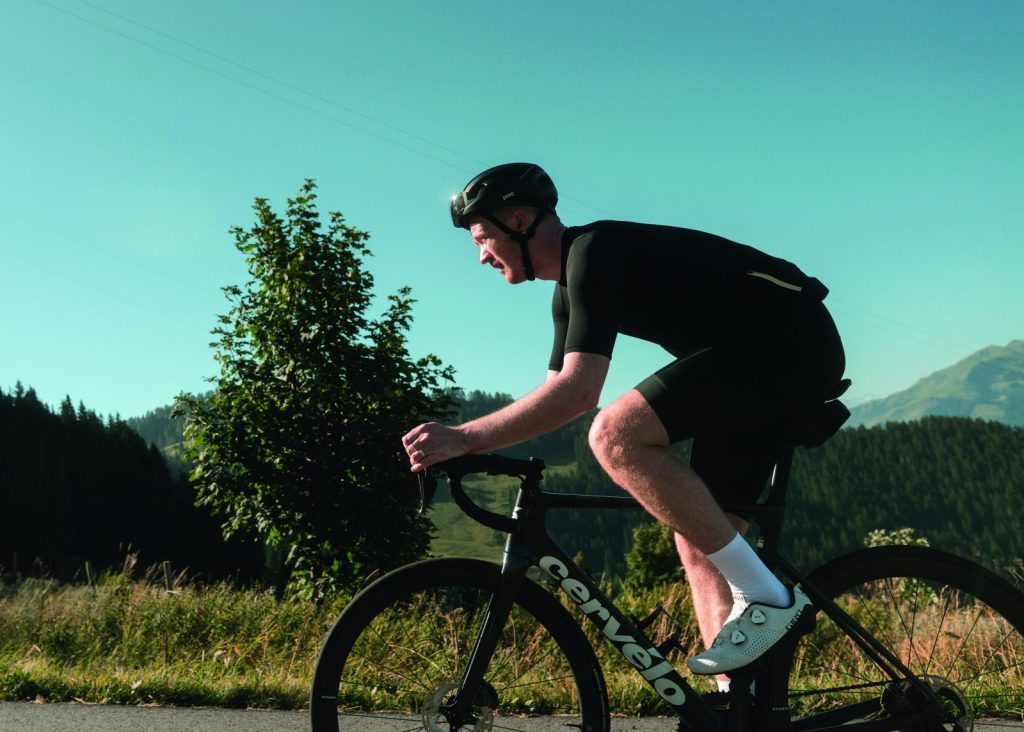
Words LAURENCE KILPATRICK
Few bikes can claim to be genuinely visionary, but the Soloist is one of them.
In 2002, Cervélo created the first truly aerofoil frame tubes on a road bike, complete with custom-extruded NACA profiles, and in doing so launched the aero road bike category.
However, after some notable early successes in WorldTour races, the Soloist has been MIA since 2008. But now it is back from the wilderness.
The question is, seeing as Cervélo has three other road framesets – the lightweight R5, the aero S5 and the comfort-oriented Caledonia – not to mention a fairly roady gravel bike, where does this revived Soloist fit into a very busy roster?
Well, slap bang in the middle, is pretty much what Cervélo says.
‘The new Soloist focuses on serviceability, ease of fit and balanced performance for a responsive, fast bike,’ says Cervélo’s Brian Bernard.
‘It has been made 250g lighter than the Grand Tour-winning S5, but is flat-out faster than the climber’s R5 and uses a more aggressive geometry than the mile-munching Caledonia.
Simply put, the Soloist contains the best of the R5 and S5 for those of us at the less-pointy end of things.’
This is exemplified by Jumbo-Visma’s development team, which uses the Soloist exclusively so they don’t have to take both the R5 and S5 to all the races.
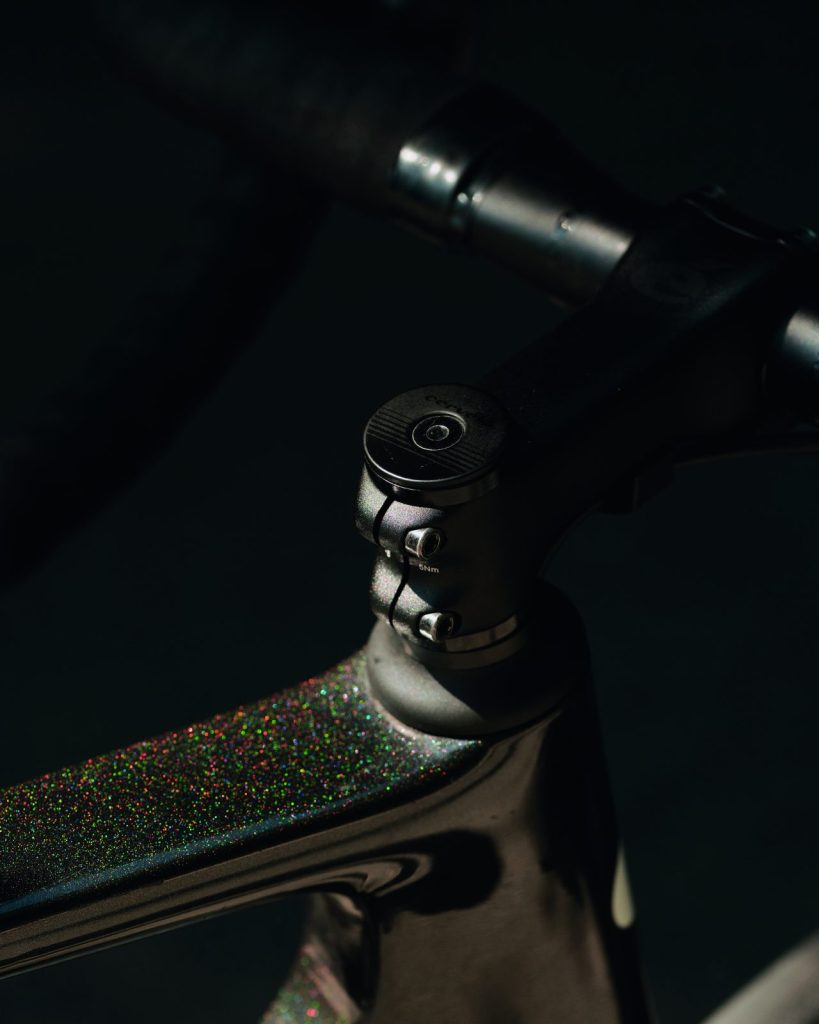
Standing apart
While the Soloist’s influences are clear, in terms of fabrication it is distinct. ‘No carbon layups are shared or anything like that,’ says Bernard.
‘Different use-cases require different solutions.
For example, to combat the twisting or torsional forces on the Soloist’s down tube, we use continuous high-modulus strands to stabilise it and effectively tie the head tube and dropouts together.’
Despite the stiffness of the construction, there is flexibility to be found in the build, namely via the new bearing cap for cockpit alterations, a threaded bottom bracket and space for 34mm tyres.
This extends into the SP27 seatpost, which is one of the few in-house components Cervélo has chosen to make out of carbon.
Cervélo explains that leaning towards alloy in the finishing kit elsewhere keeps costs down.
Thanks to its elongated form, the seatpost is once again lighter than the S5’s post but faster than the R5’s.
‘What riders might not know is that every one of our development projects start with the seatpost shape,’ says Bernard.
‘The post shape drives seat and top tube profiles, so the modest post really is the foundation of any frameset.’
The Soloist’s geometry is an extension of the mish-mash theme. Geometry-wise, it most resembles the R5, but it isn’t the same. Cervélo has added a deeper but 7mm-shorter head tube, a thicker seat tube with some curvature over the wheel and a bulkier top tube junction of the Cervélo Caledonia-5’s ilk.
While the reach is 4mm longer, and the stack 7mm shorter, because of the headset and swappable tall and short bearing caps that Cervélo includes, there is still some flexibility on chosen fit.
One major deviation from the R5, and where the Soloist falls in line with the S5, is its dropped seatstays, which aim to produce a comfier ride, aid power transfer and maintain the aerodynamic focus.
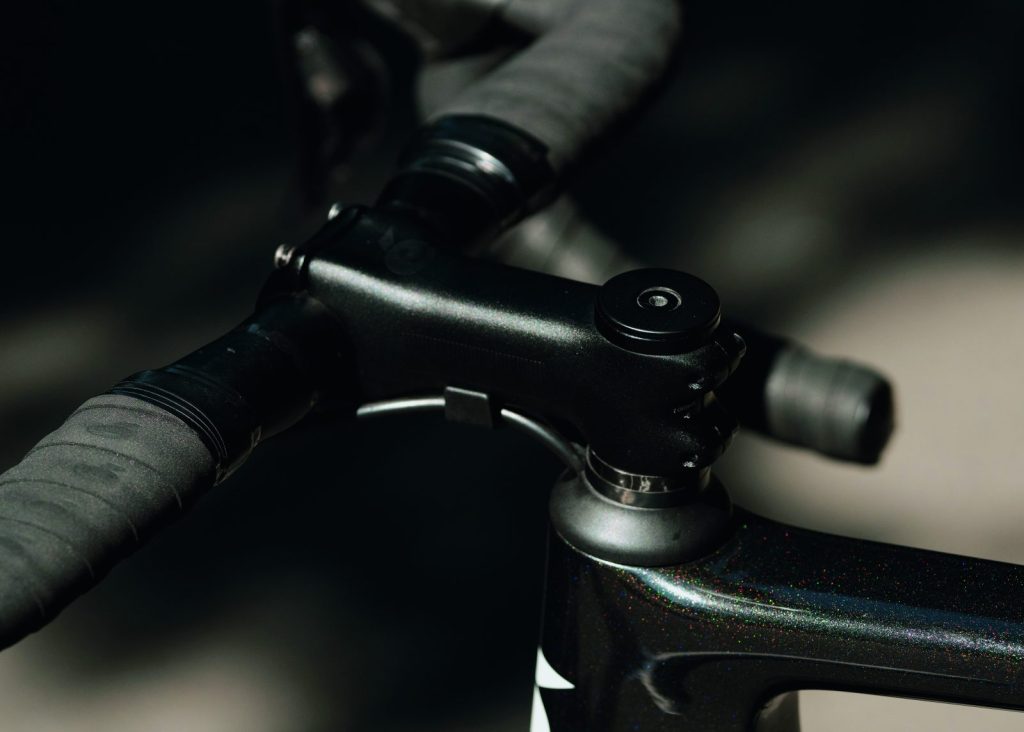
Fast and firm
The Soloist accompanied me on a full panoply of summer riding, taking on the good and bad of my local flat roads, as well as some serious climbs in the high country, and my enduring first impression was of the stiffness of the frame.
The payback from pedal strokes was impressive, with every thrust on the flats or pump up the hills rewarded with a noticeable change in speed, in spite of the middling zip from the Vittoria Rubino tyres.
The bike responds well to being wrestled with but, suffice to say, what it gives you in speed, it takes back in other ways, paying out a punishing amount of hand and arm sting on unkempt surfaces.
However, possibly down to the dramatically dropped stays and middling chord depth of the seapost, rigidity at the rear end was less keenly felt.
All told, though, using the Soloist as your typical rider will do – riding on a mix of surfaces, taking it abroad, shifting around components and general tinkering – I was impressed with its real-world suitability.
Its shortcomings are few and easy enough to sedate with some swaps, such as to wider, more supple tyres.
People will come to the Soloist looking for an aggressive and responsive race bike that can cover other bases too, so I can’t imagine that a slightly sensitive front end will be a deal-breaker.
The Soloist might not be the trailblazing, genre-defining machine that it once was, but its new incarnation is a quiet piece of amalgamation that will undoubtedly be a crowd-pleaser.

The spec
Model Cervélo Soloist
Price $9,700
Weight 7.5kg (56cm)
Groupset Shimano Ultegra Di2
Wheels Reserve 40/44 Finishing kit Cervélo AB07 Alloy bars, Cervélo ST36 stem, Cervélo SP27 seatpost, Selle Italia Novus Boost Evo Superflow saddle, Vittoria Rubino Pro TLR 28mm tyres
Contact cervelo.com/en-au
Highlights
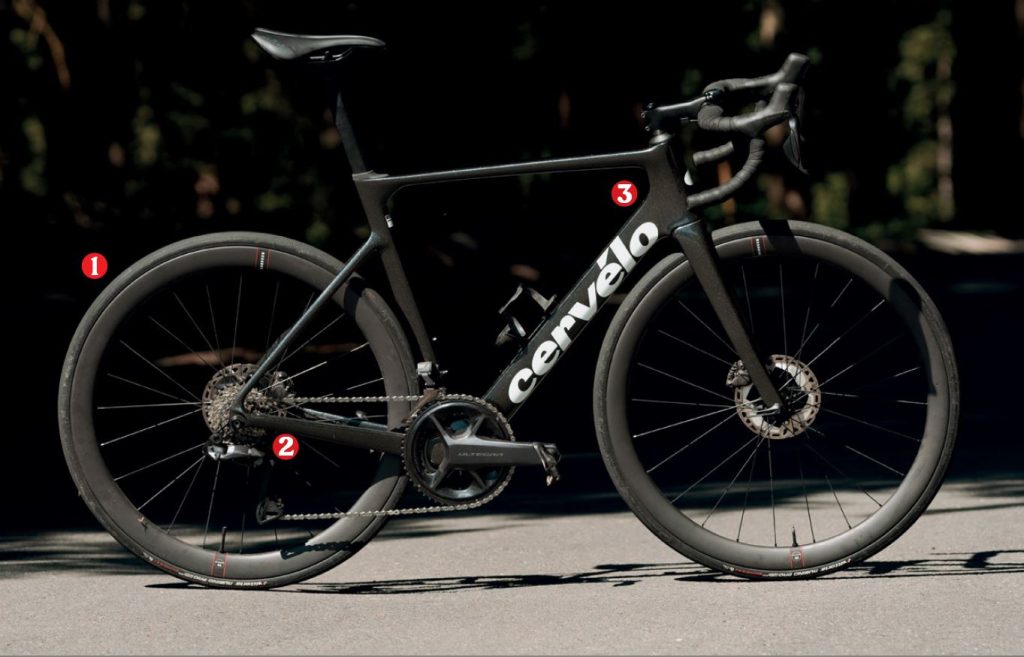
- The Reserve wheels pair a wider, shallower front with a narrower, deeper rear for a mix of aerodynamics and stability
- The Ultegra Di2 build is 300g lighter than the Force AXS option, but the Sram gearing has a wider range
- In geometry terms the Soloist is closer to Cervélo’s R5, but there’s plenty of the S5 in its dropped seatstays and deep down tube
